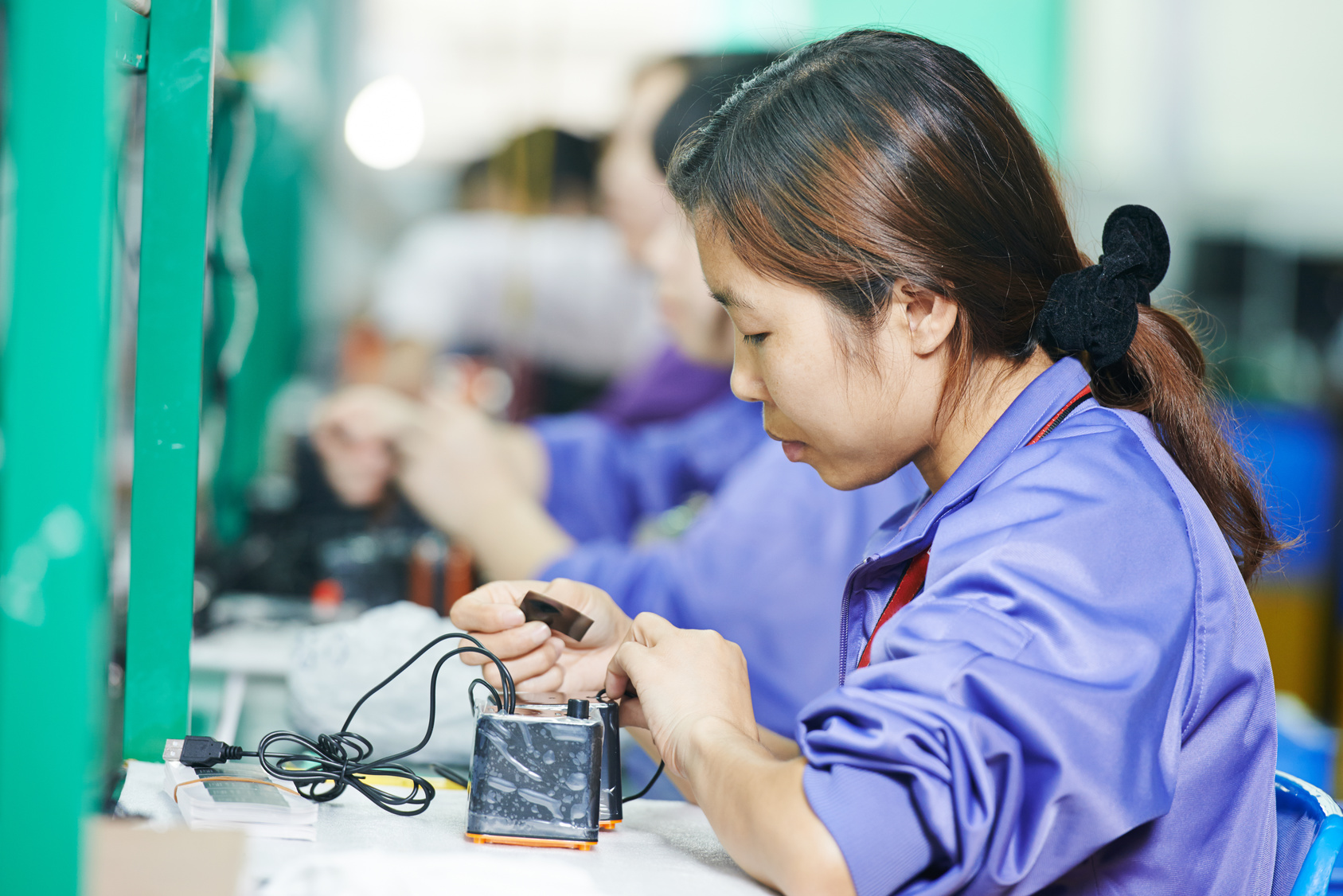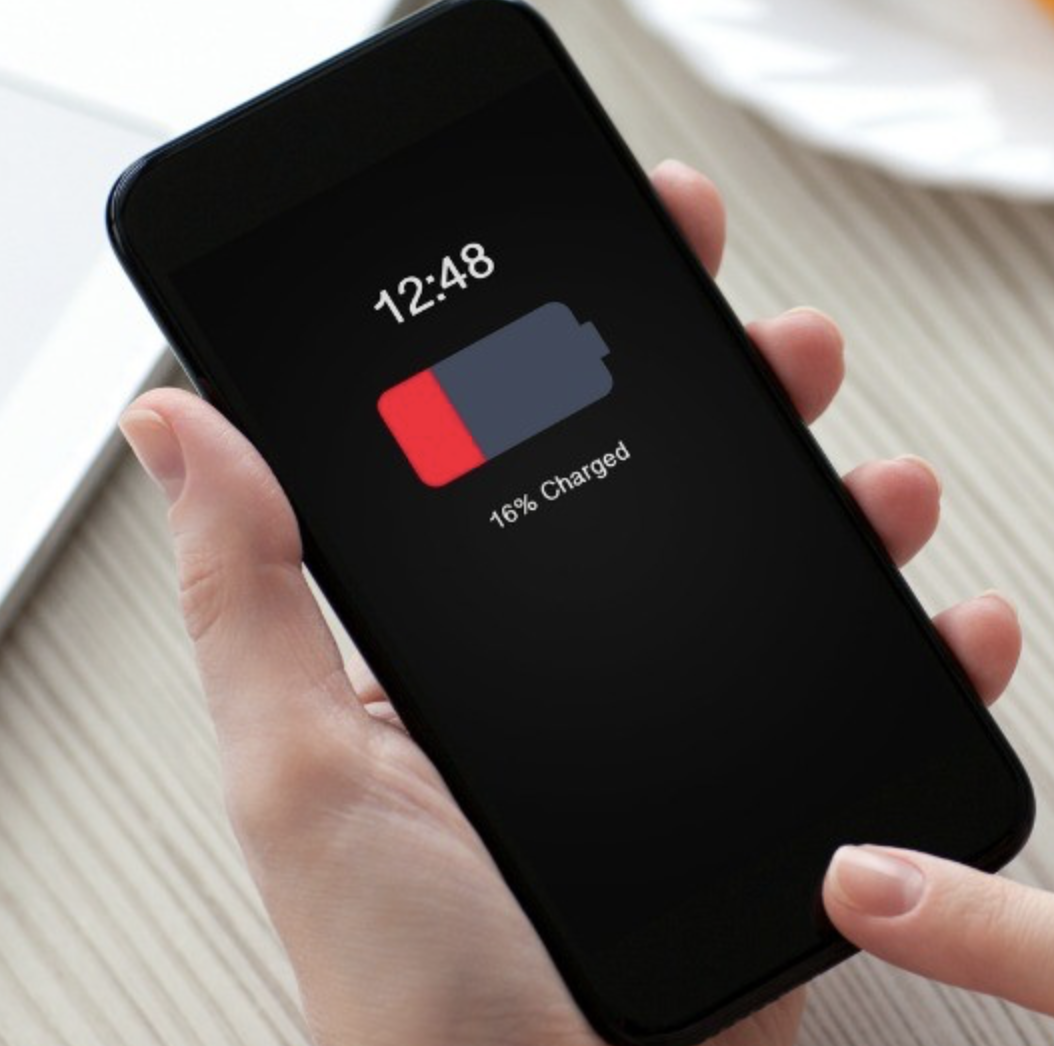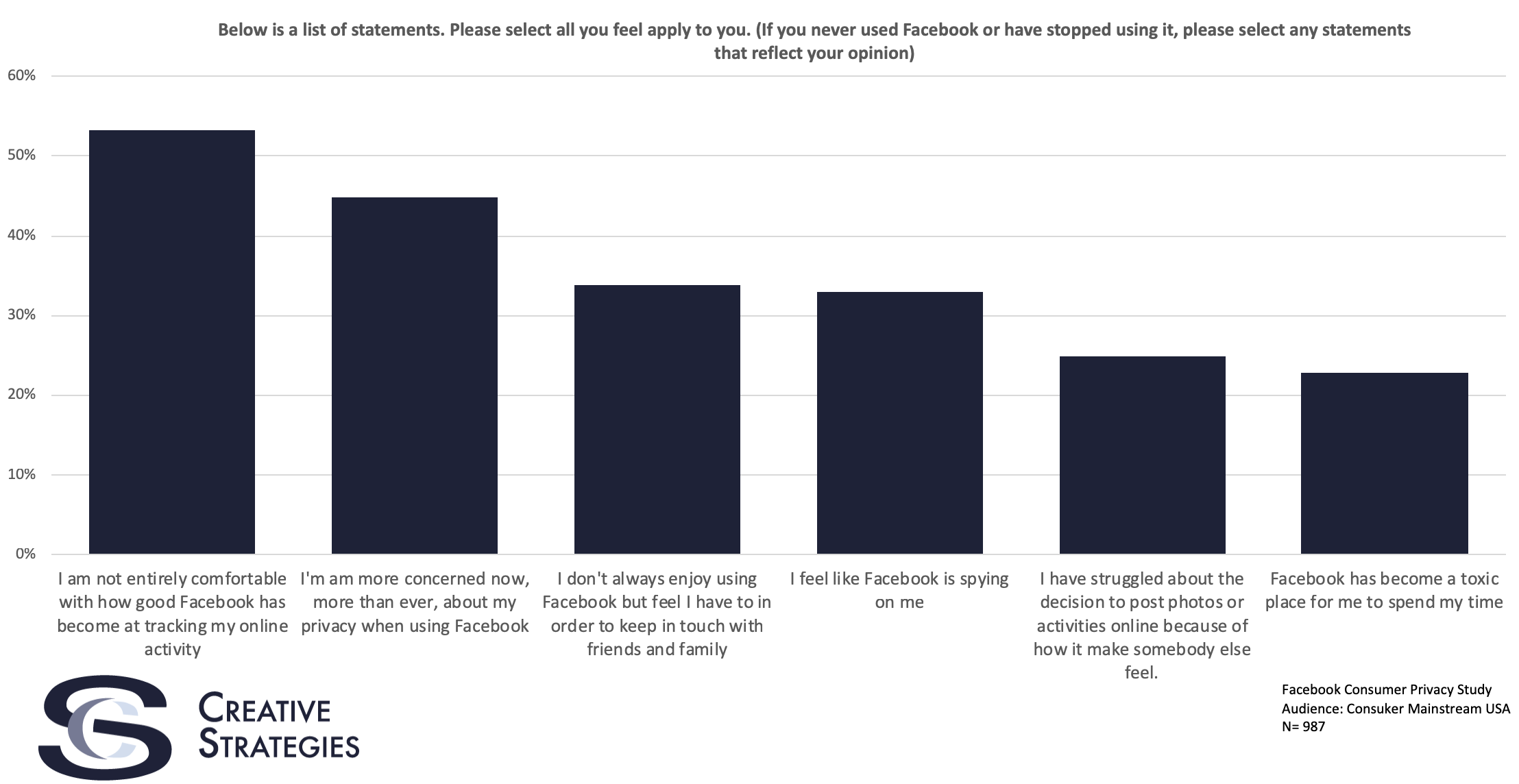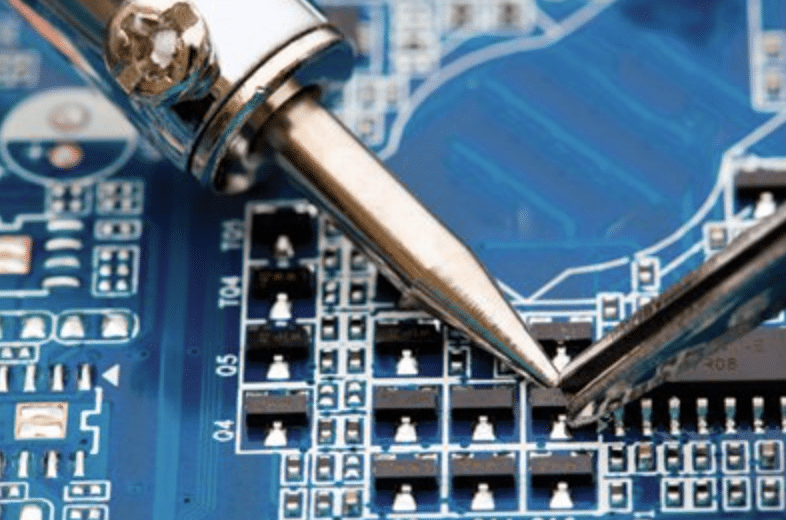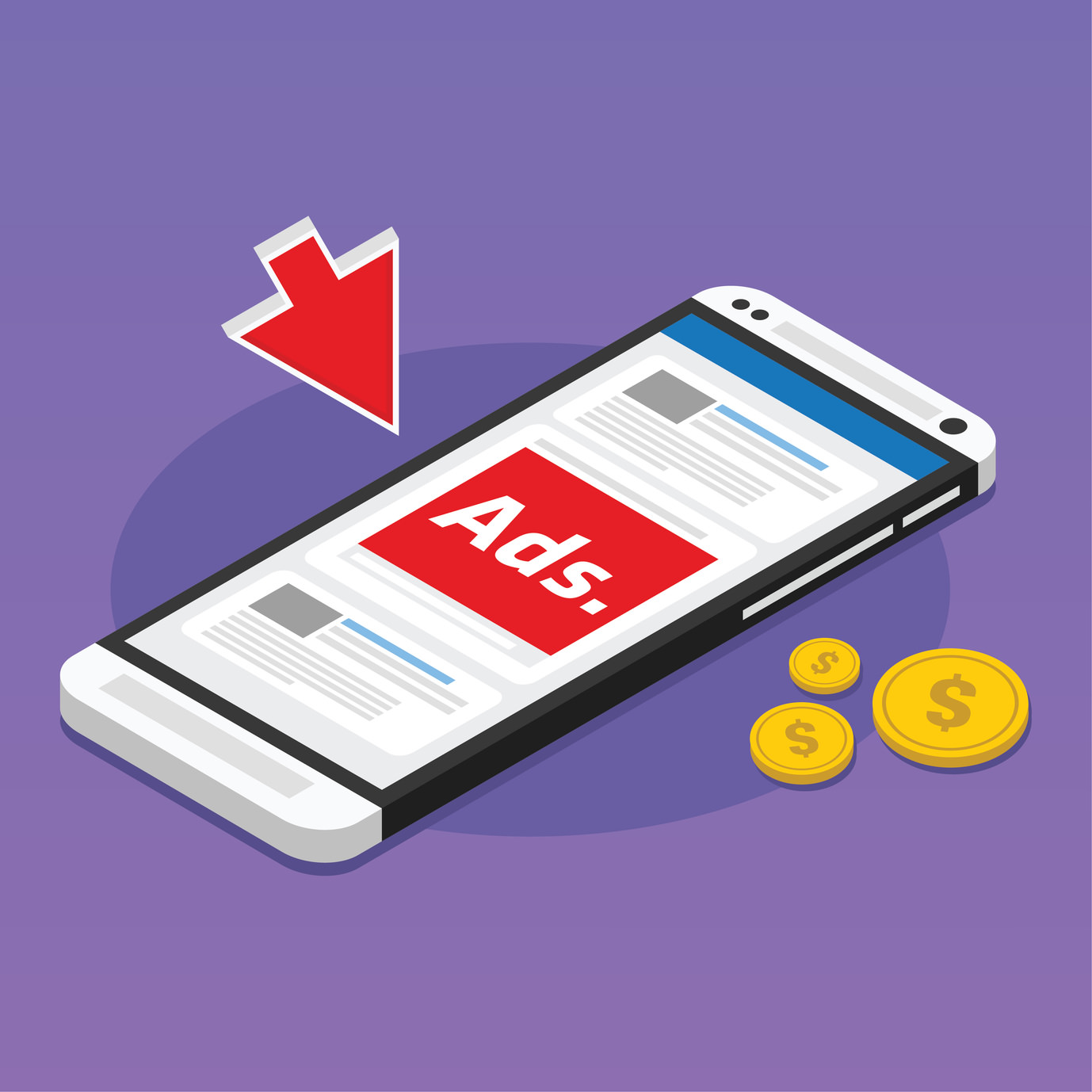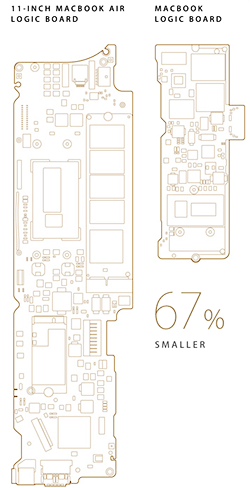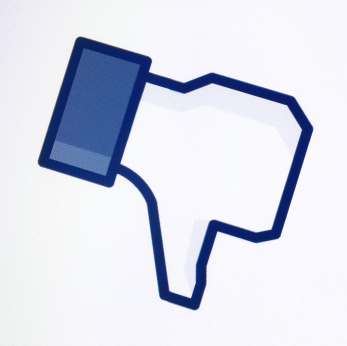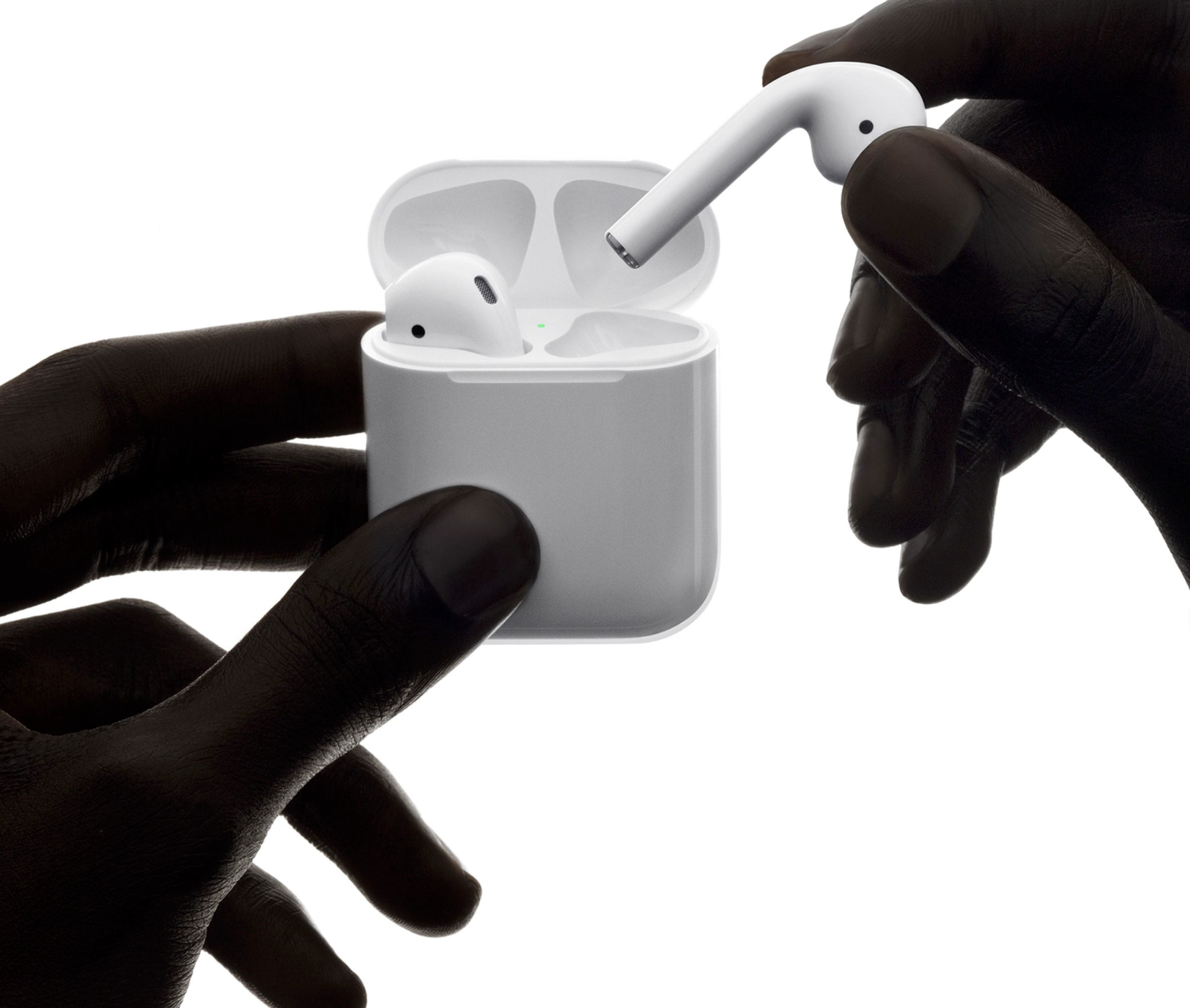Last week I described the experience of trying to find a U.S. manufacturer to build a consumer tech product and getting no response from most of those that were contacted. One reader summed up the column as, “Our problem isn’t China competing “unfairly”, it is the U.S. not bothering to compete at all. “
These are manufacturers that produce high tech products for others, mostly printed circuit board assemblies that get assembled into various enclosures with other components. They’re called contract or independent manufacturers and are used by companies that don’t have and don’t want to invest in their own factories.
A contract manufacturer, whether here or in Asia, has become a necessity for many companies that design complex consumer products. By outsourcing manufacturing, the product companies reduce their costs, leverage existing manufacturers, and get to market sooner. As a result, Silicon Valley hardware companies and China manufacturers have become reliant on one-another, the former creating the products and the latter building them.
(Refer to this excellent article by James Fallows of The Atlantic: China Makes, the World Takes)
If product companies are forced to look elsewhere to build their products because of the pressure to leave China, the option of doing it in the U.S. is bleak. It’s much more likely they’ll go to another country such as Taiwan, Vietnam or Mexico. The arguments for making products here, to create more jobs, is not going to happen without major structural changes as well as a mindset change.
Building consumer tech products in this country takes very different skills and require resources that don’t exist. They include the ability to find, communicate and develop a supply base around the world, since the parts that go into consumer tech products come mostly from Asia – the batteries, displays, optics, switches, connectors, cables, microprocessors, and plastic parts.
It requires developing the engineering talent to take a consumer tech product into manufacturing from a prototype, and provide the services that companies in Asia offer, often at little or no cost in order to keep their factories full. Skills such as design for manufacturing (DFM), packaging, logistics and supplier management. There’s no reason they can’t acquire these skills, if they wanted, which leads to the next reason, having the mindset to compete. In fact, as my story showed, some don’t even seem to want to try. Risk taking, so common in China, is rare over here.
Our manufacturing infrastructure cannot now compete with China’s. Much of it has been hollowed out and it was never built for consumer tech products. Our government promoted a manufacturing infrastructure to support the defense industry, while China created an infrastructure to build consumer products, with suppliers of every part located closely together.
China has always had a cost advantage due to a lower labor rate. But labor has become a smaller percentage of a product’s cost, often about 10% for products made in China. The cost of components is often similar, since they can be sourced from the same suppliers. One of the biggest differences remaining is overhead and profit. Chinese companies are satisfied with a 5% profit while U.S. manufacturers often want 20% to 30% and almost always have a more costly overhead.
Being able to get to market first with an innovative product is often more important than cost. This is where China excels. Because of their experience, resources, and work ethic, products take much less time to go from prototype to production. Companies can easily find manufacturers with the skills needed to build their products, because they build so many similar products.
With all that said, the U.S. can offer some advantages. It’s preferable for manufacturing to occur near where the design is done; it results in better communications, closer collaboration and less time traveling long distances.
Building products in China often require ongoing monitoring to maintain quality. Too often manufacturers there gain the business with a low quote, only to find ways to cut corners after manufacturing begins. While U.S. manufacturers are often slow and lumbering, they are less likely to cut corners.
Intellectual property is safer doing the product in the U.S., although I’ve rarely encountered any problems. Lastly, and an increasingly important consideration, is the added difficulty and risk in working in China. With the curtailing of freedom in Hong Kong, the increases in surveillance, and limitations on using the Internet, a time will come where we just won’t want to do business there.
It may eventually be possible to build products in the U.S. But it won’t happen by making it more difficult to build in China. It will only happen if we solve our own problems first that make it so difficult to build these products here. As the reader said, “Our problem isn’t China competing “unfairly”, it is the U.S. not bothering to compete at all. “

